Back-to-School, Back to Roofing: Why August is Ideal for Repairs
August 4, 2025
•
Written By
PB Roofing
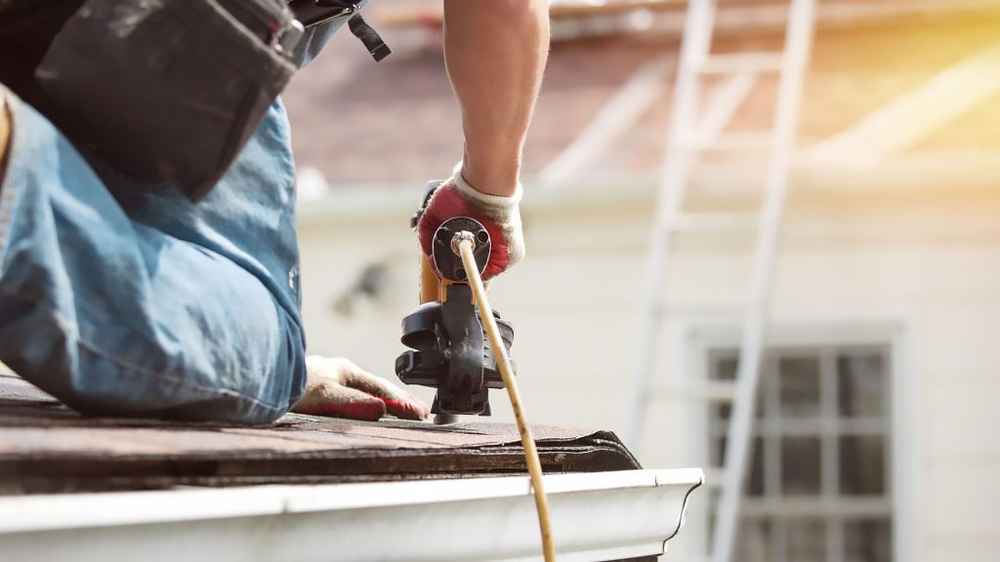
When the school buses start rolling again in Andrews, TX, it’s more than a seasonal shift—it’s a reminder that your roof has just been through another brutal West Texas summer. By August, months of heat, high winds, and fast-moving storms have taken their toll. It’s the perfect time to assess the damage—and fix it before fall weather makes things worse.
August is one of the smartest times to handle seasonal roof repair—whether you're a homeowner getting ready for the school year or a business owner trying to avoid downtime during Q4. The weather is still dry, crews have availability before the fall rush, and materials have time to cure properly.
In this post, you'll learn:
- Why August offers the best conditions for roof repairs in West Texas
- What signs to look for with our expanded roof repair checklist
- What to do before scheduling any roof work
- How PB Roofing tackles the tough jobs and makes repairs last
- FAQs about end-of-summer roof repairs in Andrews, TX
Need expert help fast? PB Roofing can help. With over 30 years of experience, we’ve got your back—whether you need a quick patch or a full-scale restoration.
Why August Is a Prime Month for Roof Repair in West Texas
Roofs across Andrews take a beating during the summer. By late July or early August, damage that started small can become a real liability. Here’s why it makes sense to act now:
- Peak heat reveals weak spots. Shingles curl. Flashings crack. Adhesives fail. Once materials hit their thermal limit, problems surface.
- Dry weather helps repairs last. Late summer is ideal for applying sealants, adhesives, and coatings. Cure times are quicker, and work doesn’t get delayed by rain.
- Contractors have open schedules. August falls just before the post-storm rush in fall. Get in now before the waitlist builds.
- Fall weather is unpredictable. Wind, rain, and dropping temps are coming—and any unresolved damage will only get worse.
Know Before You Schedule: Roof Repair Prep Tips
Before calling in a pro, make sure you’ve considered a few key items. It’ll save time, stress, and potentially money.
Evaluate the Condition of Your Roof
If your roof is 10–15 years old or has already seen multiple patch jobs, don’t assume it’s holding up. West Texas heat can shorten a roof’s lifespan by several years. Even newer roofs benefit from an annual inspection, especially after a storm season.
Understand Permitting and Local Requirements
In Andrews, small residential repairs may not need a permit, but major fixes—especially for commercial properties—often do. PB Roofing handles all permitting and code compliance, so you’re never left guessing.
Know Your Budget and Financing Options
Some repairs are quick and affordable. Others—especially if there’s structural or widespread damage—might require more resources. That’s why PB Roofing offers flexible financing and roofing payment plans. We make it easier to move forward with critical repairs, even if they weren’t in the budget.
Choose the Right Materials for West Texas
Don’t cut corners on product quality. We use heat- and UV-resistant materials built to handle high winds, triple-digit temperatures, and sudden downpours. From fasteners to flashing, we choose every component with the local climate in mind.
.jpg)
Roof Repair Checklist: 5 Signs You Shouldn’t Ignore
If you're unsure whether your roof needs attention, this roof repair checklist can help. These signs may seem small, but they often point to deeper issues.
1. Curled or Missing Shingles
Shingles that are curling, cracking, or have blown off entirely are often the first sign of heat fatigue or storm damage. In West Texas, it’s common to see shingles buckle after a long summer. Left unaddressed, these gaps let water sneak under the roof layers.
Pro tip: If you see shingle granules building up in your gutters, it’s time to act.
2. Discoloration or Water Stains Inside
Yellow or brown spots on your ceiling or upper walls usually mean moisture is getting past your roof system. This is often caused by flashing failure or cracked sealants around roof penetrations.
Look closely: These marks may appear or darken after each rain—a clear sign the leak is active.
3. Soft Spots or Uneven Roof Surfaces
If your roof feels spongy underfoot or has visible sagging, it could mean water has reached the decking. Over time, wet decking weakens and may even collapse under weight.
What to do: Look for dips from the ground, or schedule a professional inspection if you're unsure.
4. Cracked Sealants or Failing Flashing
Sealants and flashing protect areas where different parts of the roof meet—edges, valleys, vents, and chimneys. In the Texas sun, these materials dry out and lose elasticity.
Important note: A single crack in flashing can allow water to bypass multiple layers of protection.
5. Sagging Gutters or Drainage Issues
Poor drainage causes major damage. Backed-up gutters force water under shingles, damage fascia boards, and even affect your foundation.
Quick check: Watch your roof during a rainstorm. Water should flow off and away—no overflows, puddles, or backsplash.
If you see one or more of these issues, don’t wait. Schedule a professional inspection before fall storms roll in.
How PB Roofing Repairs Roofs Right the First Time
At PB Roofing, we don’t guess. We diagnose. Our team has served homeowners and business owners in Andrews, TX for over three decades—and we’ve earned a reputation for doing things right the first time.
Here’s how we work:
- Thorough inspections that catch more than just surface damage
- No-pressure recommendations—just clear advice based on what you actually need
- Top-grade materials rated for heat, wind, and UV
- Fast, efficient work that minimizes disruption to your home or business
- Flexible financing options so you can make the right decision without delay
We don’t cut corners. We don’t upsell. We solve problems.
Pros and Cons: Repairing Now vs. Waiting Until Fall
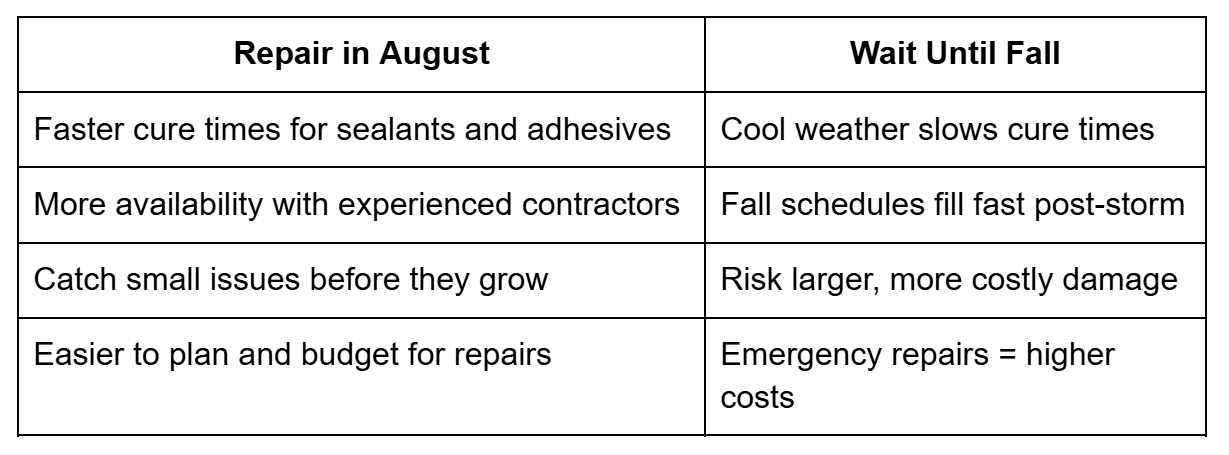
Waiting rarely saves money. Act now and you stay in control—of your budget and your building.
Andrews, TX Roofing FAQs for End-of-Summer Repairs
As August brings both back-to-school routines and roofing concerns, here are some common questions from property owners across Andrews—and straightforward answers based on our decades of experience.
Book Your Roof Repair Before Fall Hits
By the time the school year is back in full swing, your roof should be ready too. Don't let small summer damage turn into fall emergencies.
At PB Roofing, we’re built for West Texas—and we've got the track record to prove it. Whether you need a few shingles replaced or a full system upgrade, we make it simple, affordable, and reliable.
Schedule your free roof inspection today and give your roof the attention it deserves—before the next storm rolls in.
Recent Articles
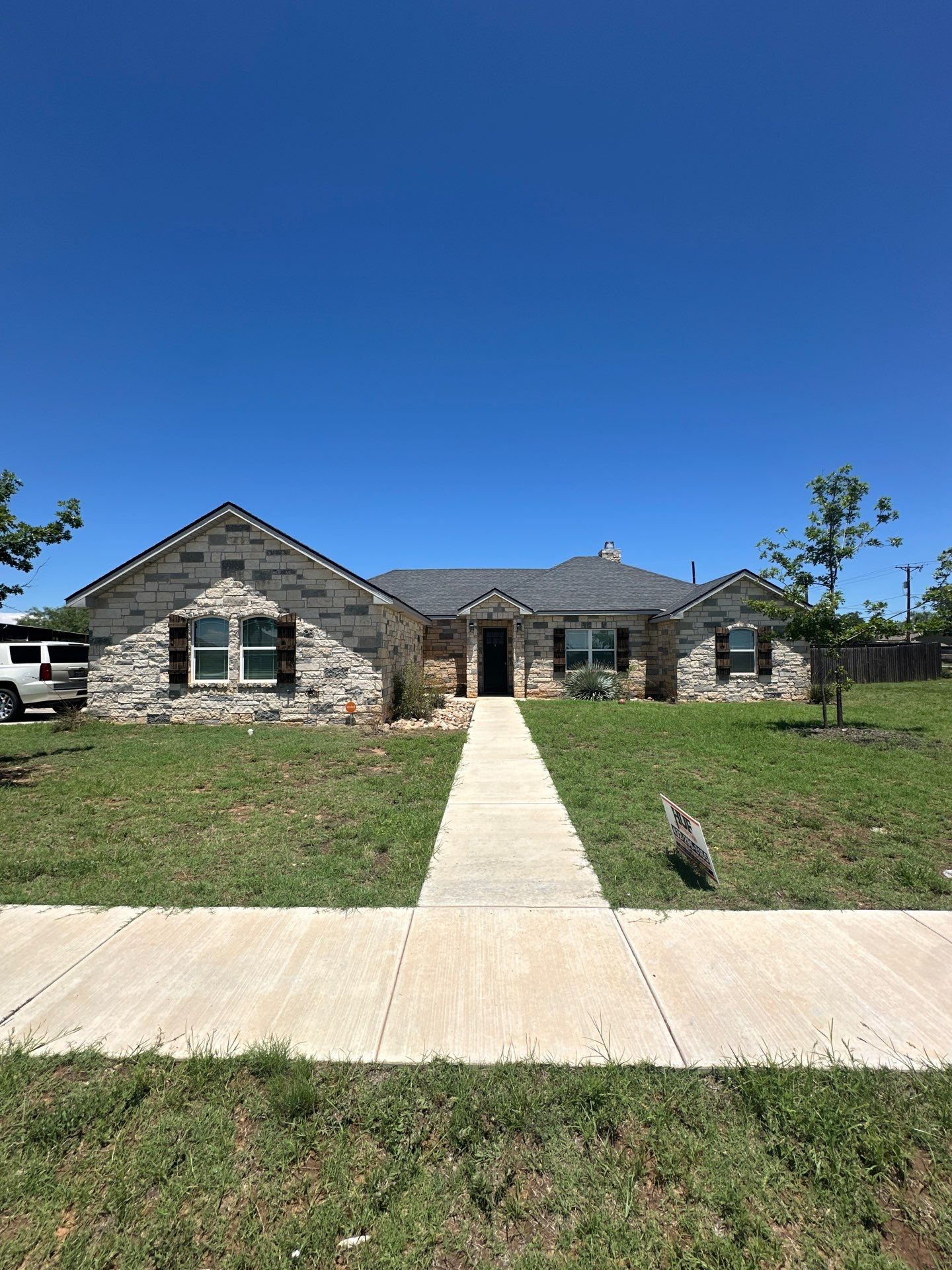
Local Roofing Contractors in Midland, TX: Trusted Experts in Your Neighborhood
Discover why hiring local roofing contractors in Midland, TX ensures durable roofs, fast service, expert repairs, and trusted warranties from PB Roofing—your neighborhood specialists.
October 4, 2025
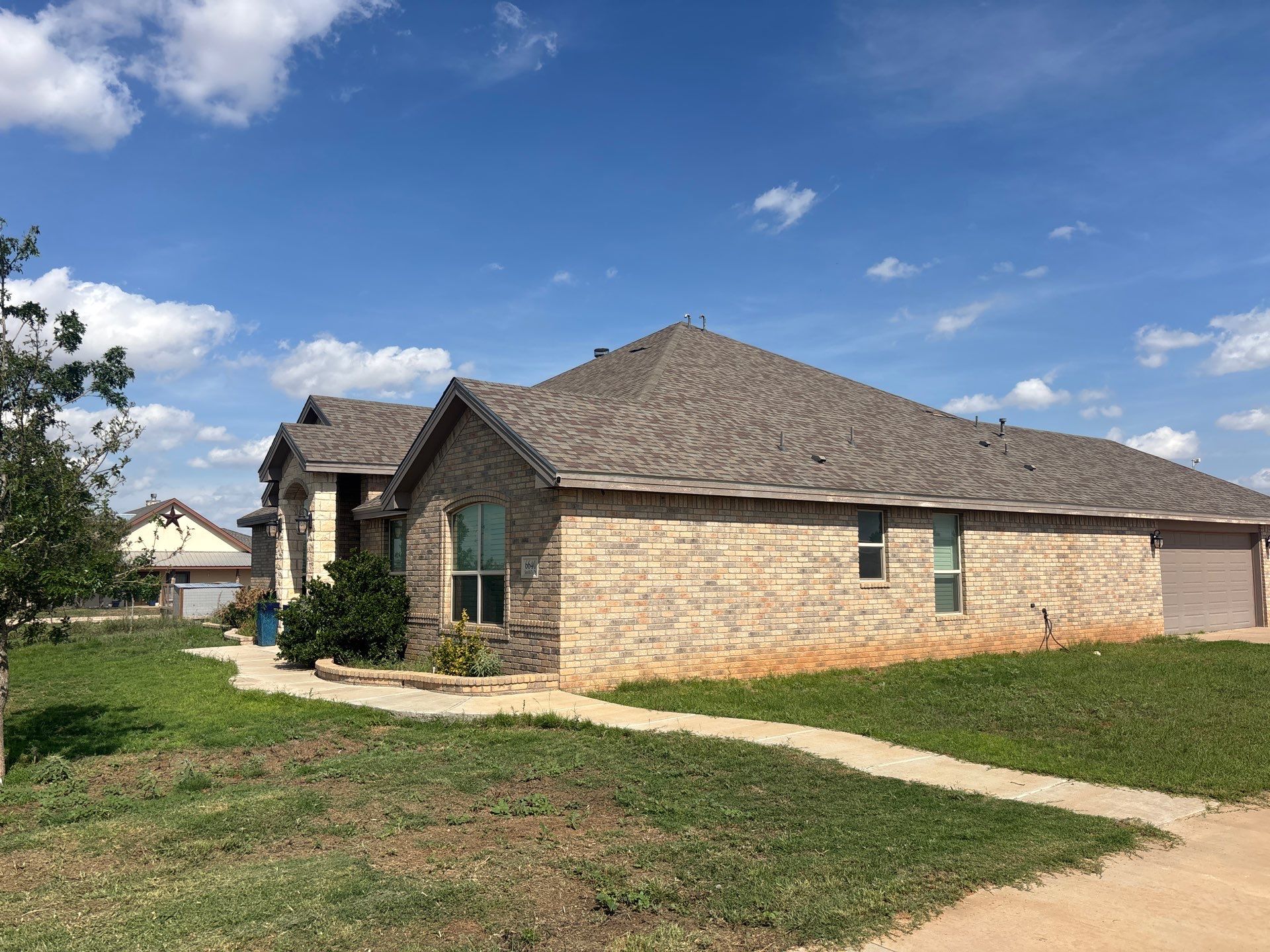
Choosing the Best Roofing Company in Midland, TX: Tips and Insights
Discover how to choose the best roofing company in Midland, TX—learn key tips on pricing, materials, warranties, and why PB Roofing is a trusted local expert with 30+ years’ experience.
October 3, 2025
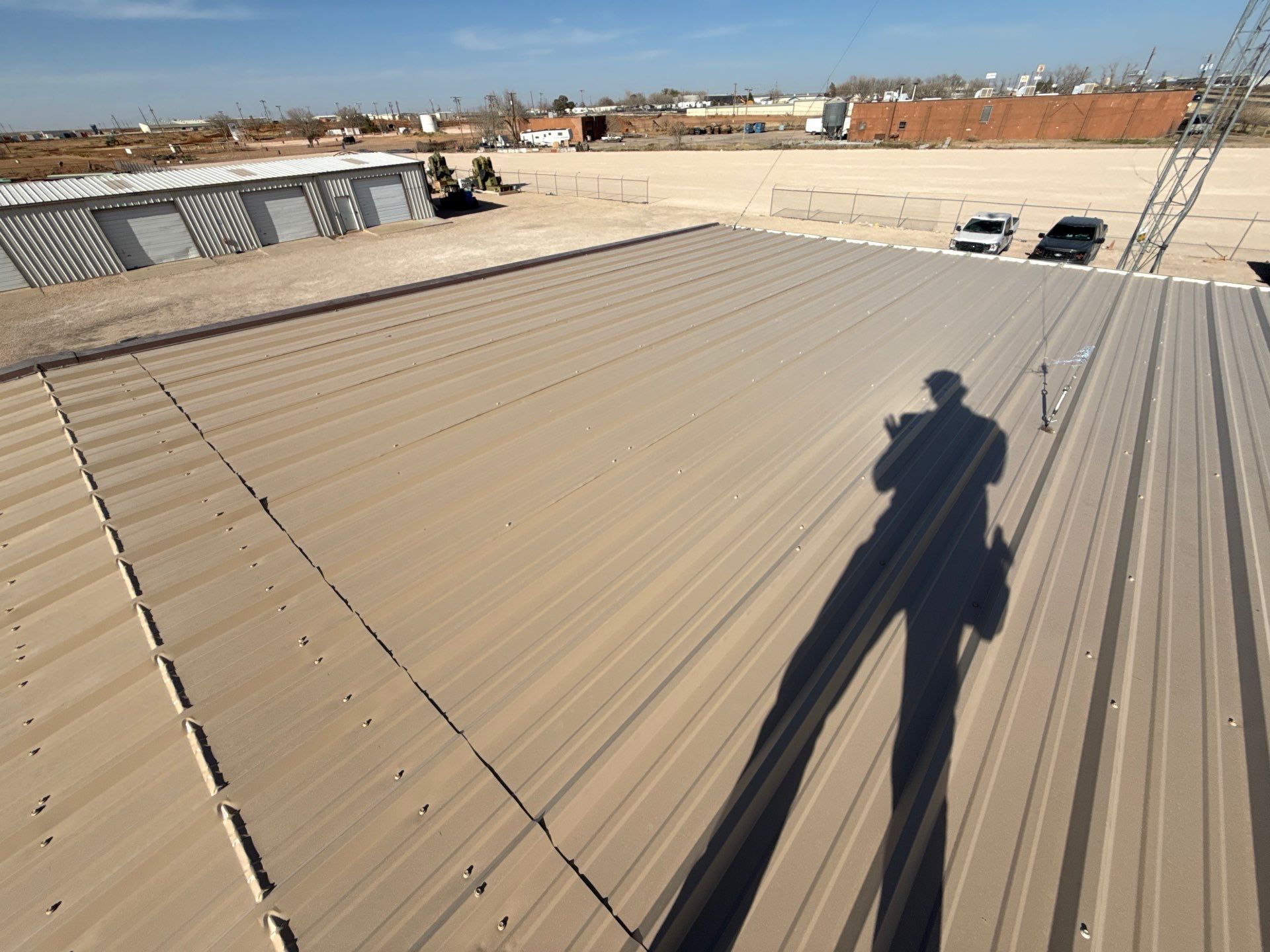
Roof Inspection in Midland, TX: Proactive Maintenance for a Lasting Investment
Protect your home with a professional roof inspection in Midland, TX. PB Roofing offers affordable, thorough inspections to extend roof life and prevent costly repairs.
October 2, 2025
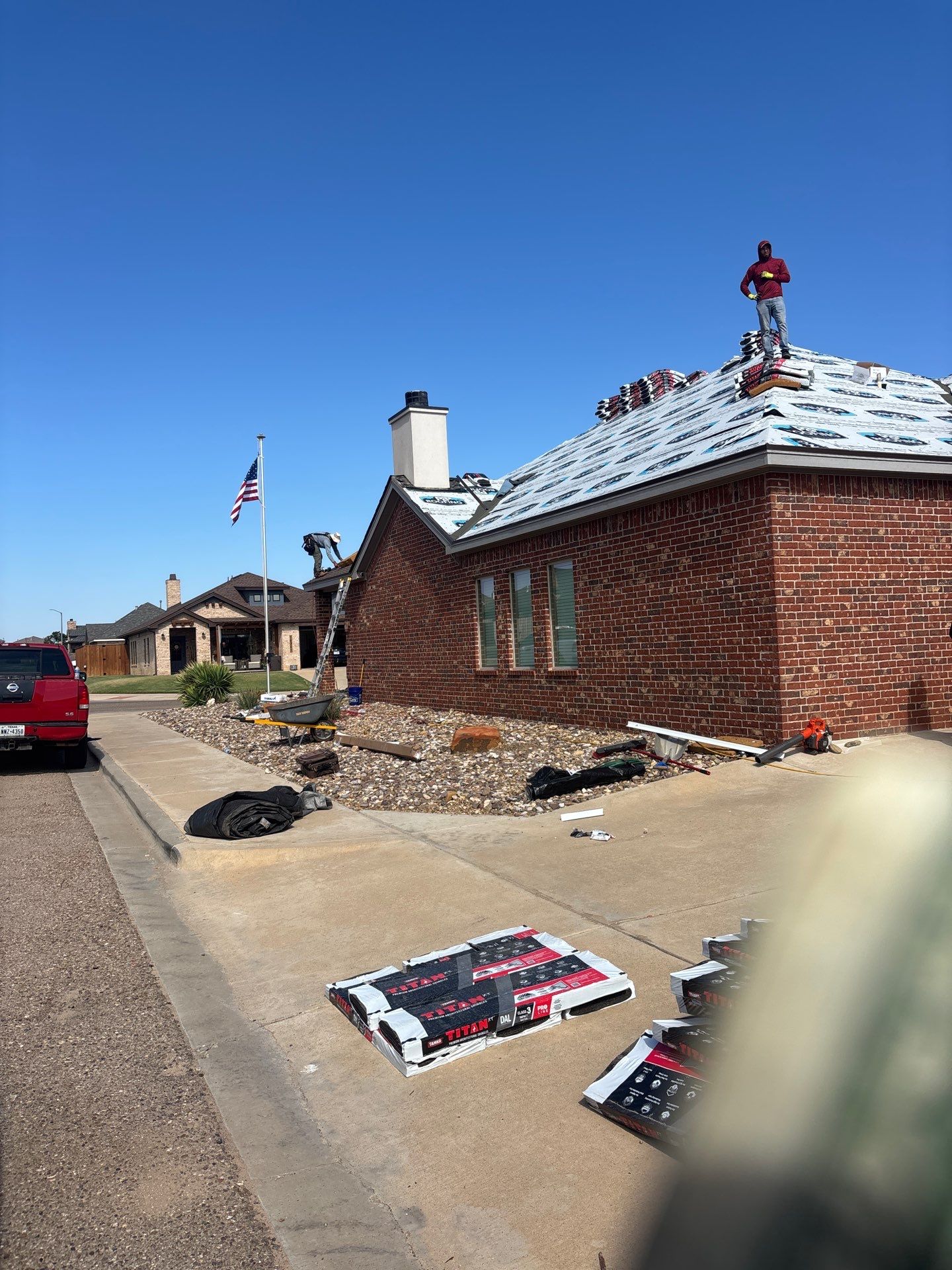
Demystifying Roof Repair Cost in Midland, TX: A Comprehensive Breakdown
Wondering how much a roof repair in Midland, TX might cost? Our comprehensive guide breaks down the factors that influence roof repair costs, helping you make informed decisions.
October 1, 2025
